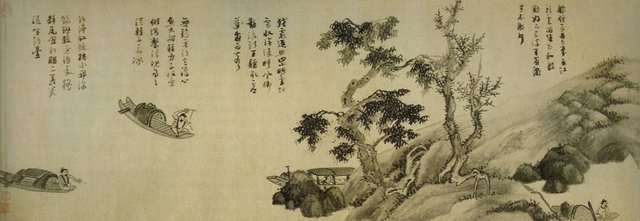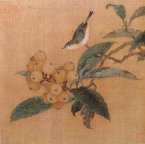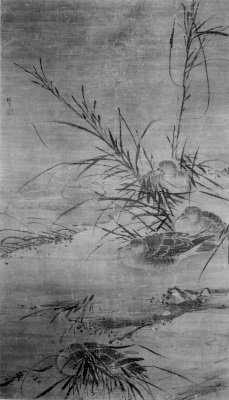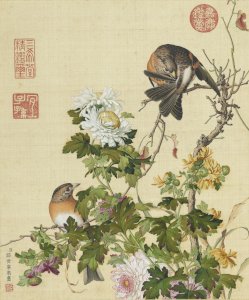
I’ve done research on China in the past, especially Chinese traditional art, and have written about it here and here. This week I decided to start writing a new book about China. I will use art as a reference point and bracket that reference between two centuries–the fourteenth and twentieth. And I will focus my attention on one city that just happens to straddle the Yangzte River: Chongqing.

It was Chongqing that became the last stronghold of the free Chinese in WWII (Second Sino-Japanese War). And it was there that fierce resistance by the Southern Song Dynasty held invading Mongols off for years.
Why art? Because in China, art has been a vessel for culture and tradition. Through conquest and revolution, art has endured. I find that to be especially true in the literati tradition.
A Word About the Picture at the Top of the Page
The picture was prompted by a contest on Steemit, which I enter every time it’s open. In the contest we are challenged by a fellow Steemian, @shaka, to make a collage from one of his photos. Rank amateurs (like me) and graphic artists participate. Sometimes a good idea prevails over skill…that gives me hope. However, I don’t enter to win. I enter to have fun.
Here’s @shaka’s photo, as it appeared before I made the collage:

Here are the elements that went into my collage:
[By the way, emulating, or even copying an artist is considered to be an homage, in the literati tradition]
The tree was extracted from this picture:

Fishermen, by Wu Zhen. China, fourteenth century. Public domain.
The meditating gentleman was extracted from this picture:

Ni_Zan_Portrai_Yuan, unknown author. China, Yuan Dynasty (approximately fourteenth century). Public domain
The lotus flowers were extracted from this picture:

Pink and White Lotus, unknown artist. China, Yuan Dynasty. Public domain.
The birds were taken from this picture:

Loquats and Mountain Bird, by anonymous. China, fourteenth century. Public domain.
The ducks, reeds and characters were taken from this picture:

Ducks and Reeds, by Lin Liang. China, fifteenth century. Public domain.
The hint of chrysanthemum was extracted from this picture:

Xian’e Changchun Album 08, by Guiseppe Castilione. Between 1722-1725. Public domain.
If you’d like to see the blog that accompanied this collage, you can find it on Steemit. It’s called The Brain: Meditation, Flow and Literati Art.
I’ll try to post a new chapter for my book once a week. That’s going to be a challenge, but I might as well aim high 🙂
Fabulous post
LikeLike
Thank you!
LikeLike
Please read my first post
LikeLike